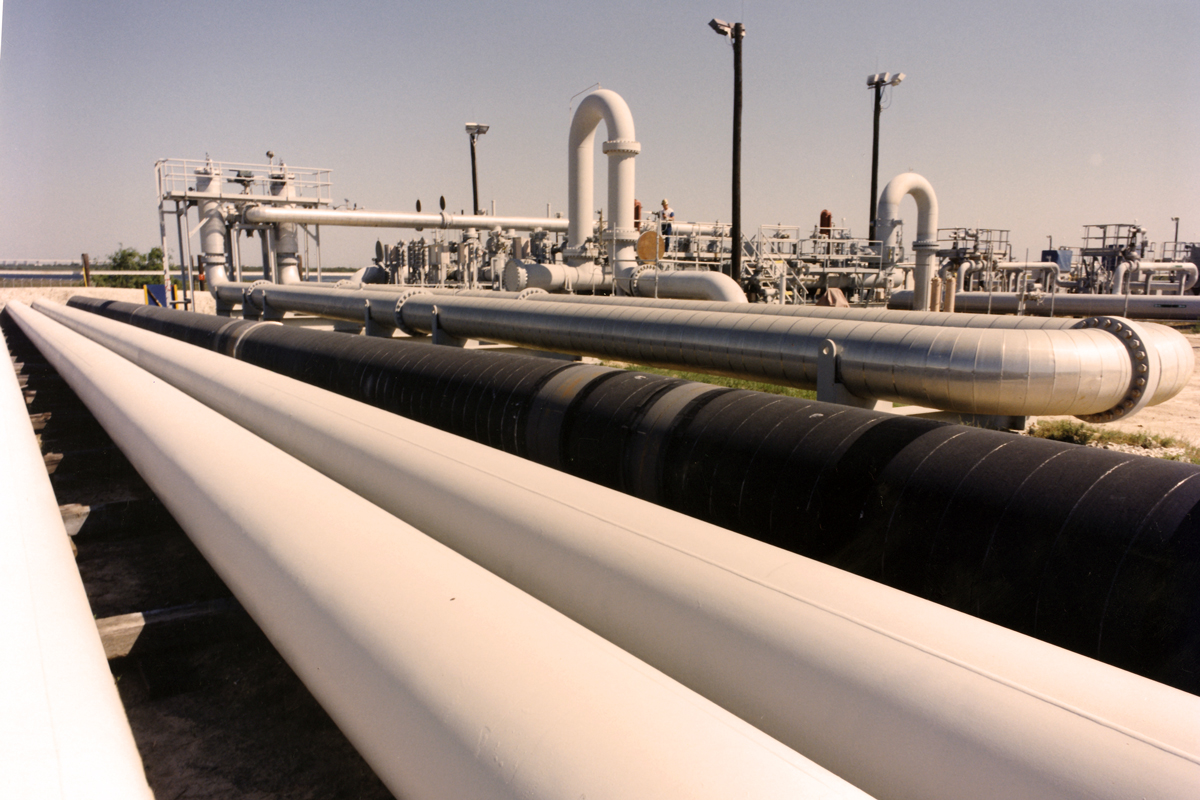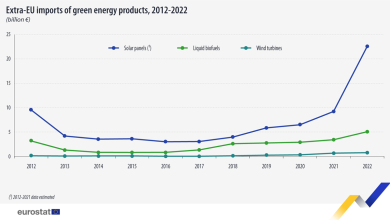What lies ahead in 2018
We are going through a period of intense transformation, in which the Fourth Industrial Revolution plays a key role. The watchwords are digitization, energy efficiency, IoT, cyber security. Continuing last year’s trends, the major milestones for 2018 in the energy sector remain innovation and disruptive technologies.
With an average value of USD 56/bbl, estimated by US Energy Information Administration, the oil and gas sector begins the year under favourable auspices, especially given that at the ICE Futures exchange in London the price of Brent oil with delivery in March had exceeded the value of USD 70/bbl at the end of the first decade of January, the highest level since 2014. Also, the extension of the agreement of the Organization of Petroleum Exporting Countries (OPEC) to decrease output until the end of 2018 and the reduction of U.S. oil stocks have contributed to an increase in oil prices.
Regarding important projects, there are some worth mentioning. Libya oilfield (Brazil), estimated to hold 8-12 billion barrels of recoverable resources and whose first production was obtained in November 2017, awaits a new confirmation of its huge potential in 2018. The development of Phase 11 of South Pars field, the largest gas field in the world (14,000 billion cubic meters of gas), split between Iran and Qatar, whose costs (only the first phase) are estimated at USD 2bn, is in progress. Also, in 2018 we could witness the first gas deliveries through the Southern Gas Corridor, with a length of 3,500km, a major project (costs estimated at USD 41bn), which will allow the transmission of over ten billion cubic meters of gas per year from the Shah Deniz II field, in the Caspian Sea, to Italy. From 2018 it will have a peak annual average output (gross) of approximately 325 mboed. Project leads at BP expect first gas volumes from Shah Deniz to reach Turkey in 2018, with Europe receiving its first supplies via the Southern Gas Corridor by 2020.
As environmental protection concerns are still on the political agenda of international leaders, it’s no wonder the trend of the year is transition to a clean energy. For this purpose, through the package ‘Clean energy for all Europeans’, the European Commission aims not only that the EU adapt to this trend, but also be at the forefront of this process. This is why it has set new targets for 2030, including the reduction of CO2 emissions by at least 40%, a decision which could result in modernizing the economy, creating new jobs and economic growth for European citizens. In this context, nuclear power can become an attractive source for mature economies, in tandem with the use of the cheapest renewable sources – wind and solar panels.
Technology transforms the world in an unpredictable way, changing it completely, including in the modality of doing business. And changes are amazing, in terms of size, speed and scope. A new reality is rapidly emerging, powered by state-of-the-art technologies. Huge opportunities and also threats lie before humanity, bound to face the new wave of technological revolution. Increasing the efficiency and productivity of companies is closely related to their ability to innovate, to implement new software and hardware technologies, to automate and robotize manufacturing processes, to adapt to the global market evolution needs. In order to gain competitive advantages, companies have to produce at high standards, without raising production costs – a challenge that carries on into 2018.



